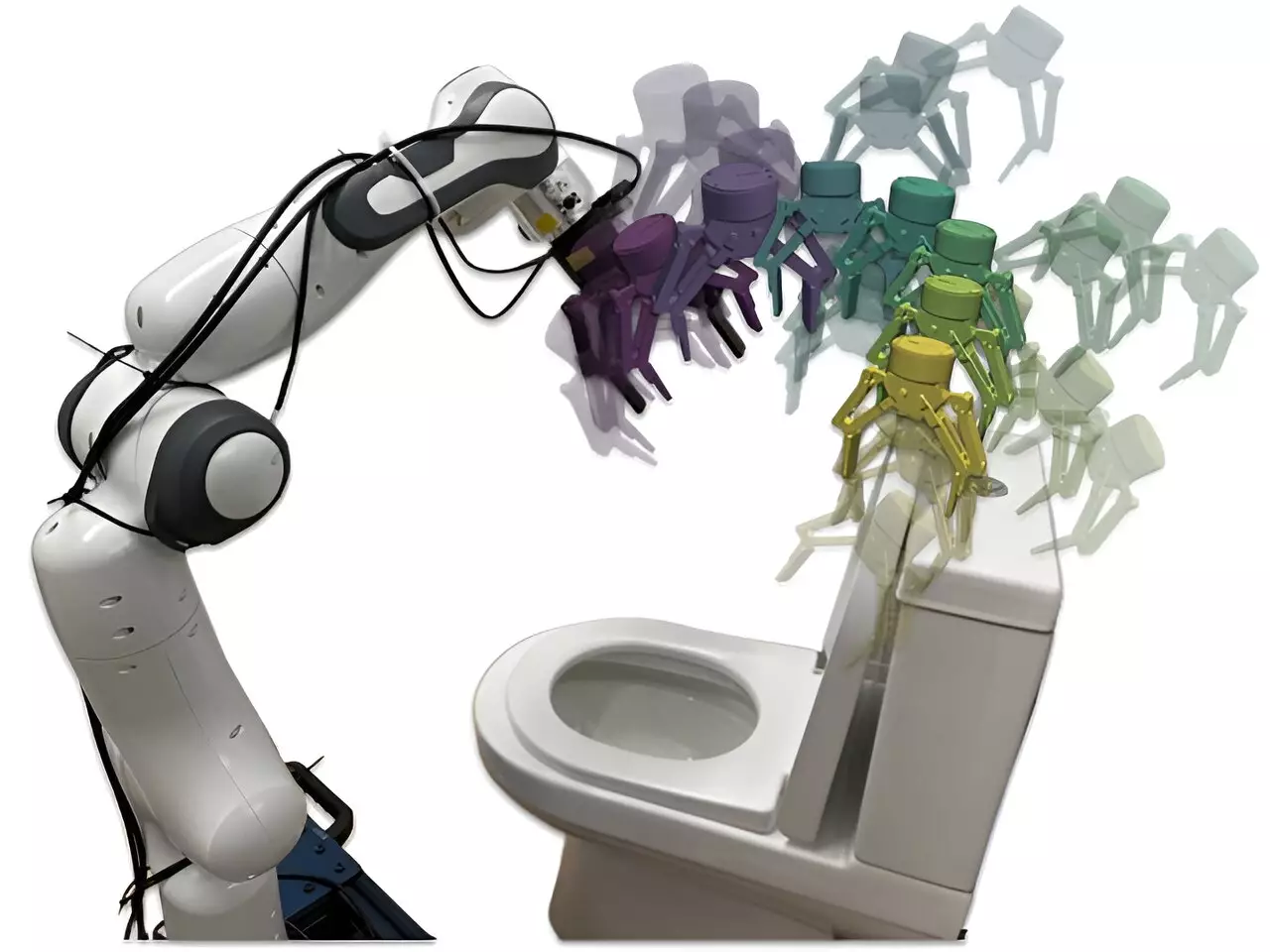

Roboticists have been making significant advancements in the field of robotics over the past few decades. However, one of the major challenges they face is teaching these sophisticated robotic systems to tackle new tasks successfully and reliably. This process often involves mapping high-dimensional data, such as images captured by on-board RGB cameras, to goal-oriented robotic actions. Researchers at Imperial College London and the Dyson Robot Learning Lab have recently introduced a new method called Render and Diffuse (R&D) to address this challenge.
Vitalis Vosylius, a final year Ph.D. student at Imperial College London and lead author of the paper introducing R&D, worked on this project during his internship at Dyson Robot Learning. The goal of R&D is to simplify the learning problem for robots, enabling them to predict actions more efficiently and complete various tasks successfully. This method unifies low-level robot actions and RGB images by using virtual 3D renders of the robotic system. By representing robot actions and observations together as RGB images, robots can learn new skills with fewer demonstrations and improved spatial generalization capabilities.
According to Vosylius, R&D has two main components. The first component involves using virtual renders of the robot to allow it to “imagine” its actions within the image. By rendering the robot in the configuration it would end up in if it were to take certain actions, the robot can predict the actions it needs to perform to complete a task. The second component of R&D is a learned diffusion process that refines these imagined actions iteratively, resulting in a sequence of actions that the robot can take to achieve its goal.
By using widely available 3D models of robots and rendering techniques, R&D can simplify the process of training robots to acquire new skills. The researchers conducted simulations to evaluate the method and found that it improved the generalization capabilities of robotic policies. They also tested R&D on a real robot, where it successfully completed everyday tasks such as putting down the toilet seat, sweeping a cupboard, opening a box, placing an apple in a drawer, and opening and closing a drawer. The use of virtual renders to represent robot actions not only increases data efficiency but also reduces the need for extensive demonstrations, making the training process less labor-intensive.
The research team behind R&D believes that their method could be further tested and applied to other tasks that robots could potentially tackle. The promising results of their study could inspire the development of similar approaches to simplify the training of algorithms for robotics applications. The ability to represent robot actions within images opens up exciting possibilities for future research, especially when combined with powerful image foundation models trained on massive internet data.
The Render and Diffuse method could revolutionize the way robots are taught new skills, making the process more efficient and reducing the amount of human demonstrations required. This innovative approach has the potential to shape the future of robotics and pave the way for new advancements in the field.
The battle against antimicrobial resistance (AMR) has become one of the paramount public health challenges…
In our relentless pursuit of healthier lifestyles, the craze for sugar alternatives has become a…
As climate change continues to wreak havoc globally, Africa's vulnerability makes it imperative for nations…
The realm of quantum technology has long been hailed as the next frontier in scientific…
The fascination surrounding black holes often breeds misconceptions, particularly the idea that they obliterate not…
In a groundbreaking endeavor, researchers at Trinity College Dublin have merged the worlds of chemistry…
This website uses cookies.